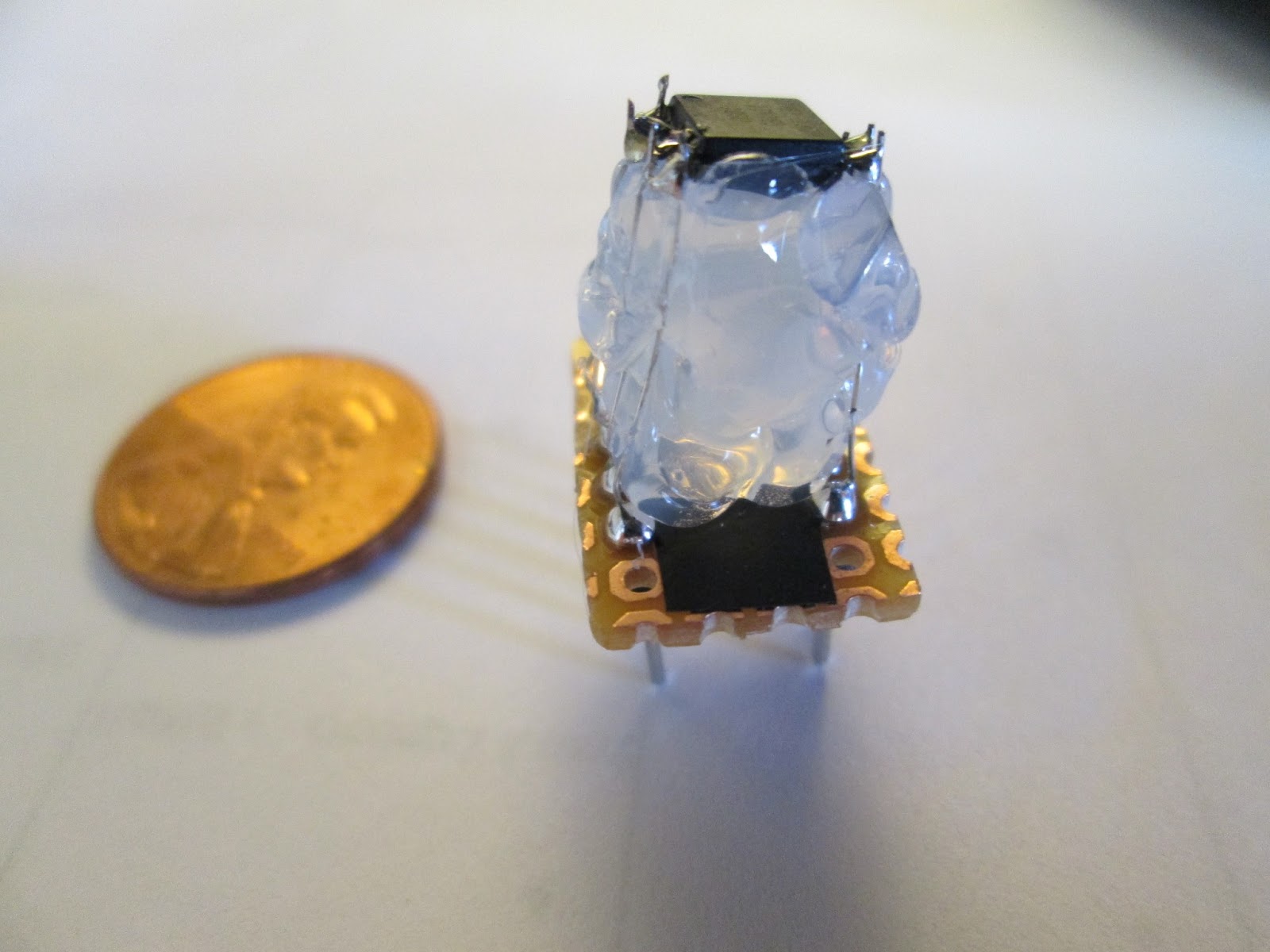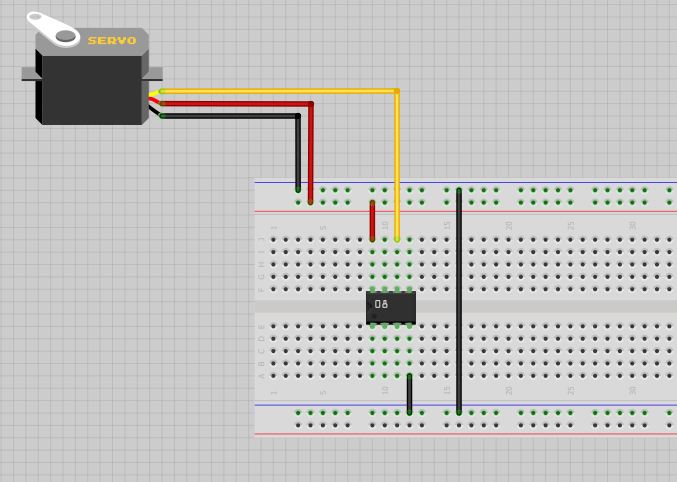The theory behind this is pretty simple. Basically, you change some fuse bits and the reset pin becomes pin 5. Unfortunately, this means you can't program it with a ICSP (like the USBtinyISP) anymore. You need a High Voltage Serial Programmer that supplies 12v to the reset pin before changing the fuse bits. There are several Arduino forum threads on this out there. Chances are you found those before you found this blog. Now lets get started.
1. You need to get some software. Follow the instructions from Ladyada to install WinAVR
2. You need load a test sketch into your ATtiny with your USBtinyISP or other programmer. I'm assuming you know how to do this. If not go HERE. I used blink with the pin changed to pin 5. If you load it and wire up the LED you shouldn't get any light.
3. Now you need to enable the reset pin as an IO (and thus lose programming capability). This is slightly involved. I recommend you see more instructions from Ladyada. They are very in depth and useful. If you want bare bones you can look below.
- Find a fuse calculator. I used THIS one. Select the options you want. I used default with reset disabled. Copy the AVRDUDE arguments.
- Open a command window by searching for cmd in the start menu.
- Type the commands to set the fuses: avrdude -c [insertyourprogrammerhere] -p [enteryourboardhere] -U [enter the arguments you previously copied here]. Example: If you are using an ATtiny45 and a USBtinyISP like I am (and are extremely lazy), copy and paste this line into the command window: avrdude -c usbtiny -p attiny45 -U lfuse:w:0x62:m -U hfuse:w:0x5f:m -U efuse:w:0xff:m
- Watch and wait. You should get a nice thank you message. You're done.
You're reset pin should be acting like an IO now. If you plug in your LED now, it should blink nicely.
That's great! You know have 6 IO pins at your disposal, but you want to load a new program onto the chip. You need a HVSP. Go forth and Google search. To save you some time here are the cheap options out there.
- ATmega fusebit Doctor- I believe a kit is $20ish. It seems very useful. I would not mind having one, but I needed immediate gratification.
- HVSP Fuse Resetter- Pretty neat. This is a DIY project. Probably does its job well.
- Arduino AVR Fuse Resetter- Very simple design with a few components.
 |
| My Arduino resetter circuit. |
I ended up using the last one, and it does work. All you need is a breadboard, jumpers, 6- 1k resistors, a 2N3904 NPN transistor (I found one on an old cordless phone), and an Arduino. You'll also need some source of 12V. Anyway, you pretty much just follow the instructions on the webpage above. After I discovered the bad jumper I was using, it went smoothly.
When you finish, the LED on the reset pin should no longer work, but you will be able to program the chip again. This is good. You have successfully reset the fuses.
That's about all I have for this post. I hope you found it useful. Be sure to check out those other websites. They have a lot of good information.





















